Notoriously stormy at record-holding heights, every year, the St. Elias mountain range in western Yukon attracts mountaineers from around the world to test their skills on remote peaks.
This year the peaks are closed to international climbers, but two domestic expedition teams are planning to embark on objectives in the heart of Kluane National Park this month – after quarantine in Whitehorse.
One all-woman team plans to summit Mt. Lucania, the third-highest mountain in Canada, while the second team of three men will explore the east and southeast sides of Mt. Logan, Canada’s highest peak.
Both teams were required to isolate for two weeks before they could leave for the park.
Pascale Marceau and Eva Capozzola, who completed their self-isolation April 11, received a Women’s Expedition Grant from the Royal Canadian Geographic Society for their attempt to summit Mt. Lucania. They’re also sponsored by the Society of Women Geographers.
Marceau said the two weeks in Whitehorse ended up being useful for planning.
“You know, actually, I think we really found the silver linings. We hadn’t been able to spend time together this winter training. So all of our preparation had been over video chat,” Marceau says. “So having this time was just actually really valuable for us.”
The journey will begin on the Upper Donjek Glacier at around 2,747 metres (9,000 feet) followed by a 20-kilometre ski over crevasse-covered glacier terrain, with loaded sleds pulled behind them.
Following the ski, the two women will arrive at their advanced base camp and switch to classic mountaineering, involving climbing with ropes, packs and axes on steeper terrain.
First, they’ll need to summit Mt. Steele in order to acclimate and access the route to Mt. Lucania. After that – if weather and conditions align – they’ll continue to the highest point of Mt. Lucania.
“The appeal for Lucania is that it’s really remote in and less travelled. It’s just less scripted. You can’t read reports and get all the (advanced knowledge). There certainly won’t be anybody on our route,” says Marceau, who attempted a January summit on another trip in 2018.
“Exploration is at the heart of my soul. And so this mountain lends itself well to that,” she says.
They plan to be out on their summit attempt for 16 days, but to plan for weather delays, they’ll bring food to last 22 days. At basecamp, they’ll store another 10 days’ worth of food in case a snowstorm or wind delays their pickup.
The area is notorious for heavy snowfall and unpredictable storms. Unlike some mountain objectives in the area, the route also requires sustained travel at high altitudes.
“It’s very meaningful to have the time to really tune in to the mountain. We’re going to be in cold conditions, most likely with high wind for several days. That requires a unique skillset in terms of how we take care of ourselves and how we manage our equipment,” Capozzola says. “It’s a beautiful route in a remote area that isn’t often visited. And there’s something really special about that.”
The first ascent of Mt. Lucania was made in 1937 by Bradford Washburn and Robert Hicks Bates. Marceau and Capozzola will be the first all-woman team to attempt the mountain.
“There are women who have climbed it, but with mixed teams. Both of us have very supportive men in our lives who are our main climbing partners, but we have been reflecting on the reality that it is a bit of a different dynamic,” Capozzola says.
“I think it gives us both the space to step up a little bit more to the front of the lead. We’re confident in our skills, we’re confident in our capabilities and we show up fully even when we are in mixed teams, but there is something that does feel a little bit different about this. We’re really excited for the opportunity,” she says.
By the time Marceau and Capozzola are midway into their summit attempt, a second expedition team will be setting up camp at the base of Mt. Logan.
Canmore-based climbers Maarten Van Haeren, Peter Hoang and Ethan Berman received the 2020 John Lauchlan Award to fund their expedition to explore the east and southeast sides of Canada’s highest mountain.
This year the prize asked applicants to “celebrate Canada” due to COVID-19 travel restrictions.
Following self-isolation, the three men will travel from Kluane Lake into the National Park to start at the Hubbard Glacier camp. Once acclimatized, they’ll ski to a second basecamp on the Seward Glacier, at the southeast base of Logan.
“Logan’s got pretty legendary snowfall conditions so it’s fairly common for a team to go up there and just get benighted from this constant snow. It’s really just setting up and then waiting for the weather window,” Hoang says.
Hoang says they plan to be in the Kluane backcountry for four to six weeks.
Conditions in April and May offer a sweet spot between the bitter cold of winter and the unstable snow and ice conditions of the summer.
If conditions are favourable, the group will explore conditions around both camps and hopefully identify never-before-climbed paths up the mountain, including an unclimbed south face of Catenary Peak and part of the southeast face of Mt. Logan.
“We didn’t put down a specific objective just because they get a lot of snow there. There’s a multitude of teams that just get snowed out. So we need to see what’s available,” says Hoang, who will also be documenting the trip as a photographer. “Ideally, the dream would be to establish a new route.
“Normally we would be setting eyes to something else in other parts of the world, but since we’ve got to be in Canada, Logan has a lot of history behind it. There hasn’t been a whole lot of activity up there in the last little while and it is the biggest, baddest peak that you could do in Canada,” he says.
***
Plan your future adventures throughout the West Coast at westcoasttraveller.com and follow us on Facebook and Instagram @thewestcoasttraveller. And for the top West Coast Travel stories of the week delivered right to your inbox, sign up for our weekly Armchair Traveller newsletter!

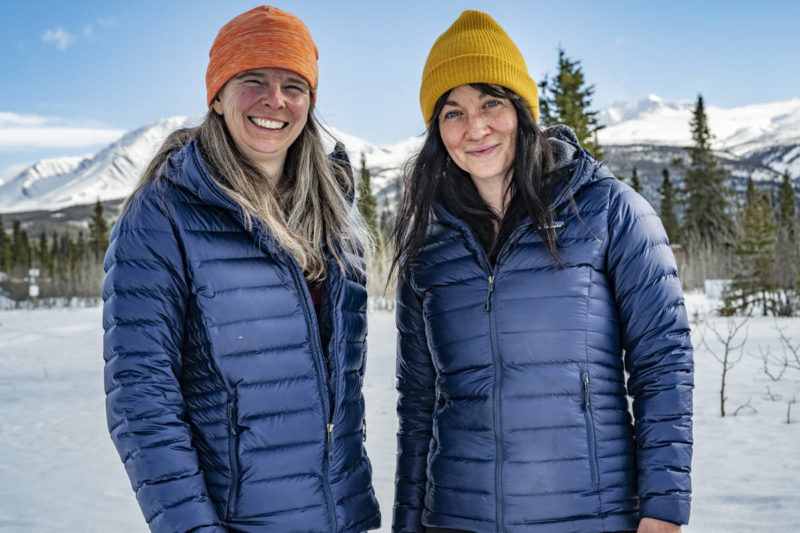
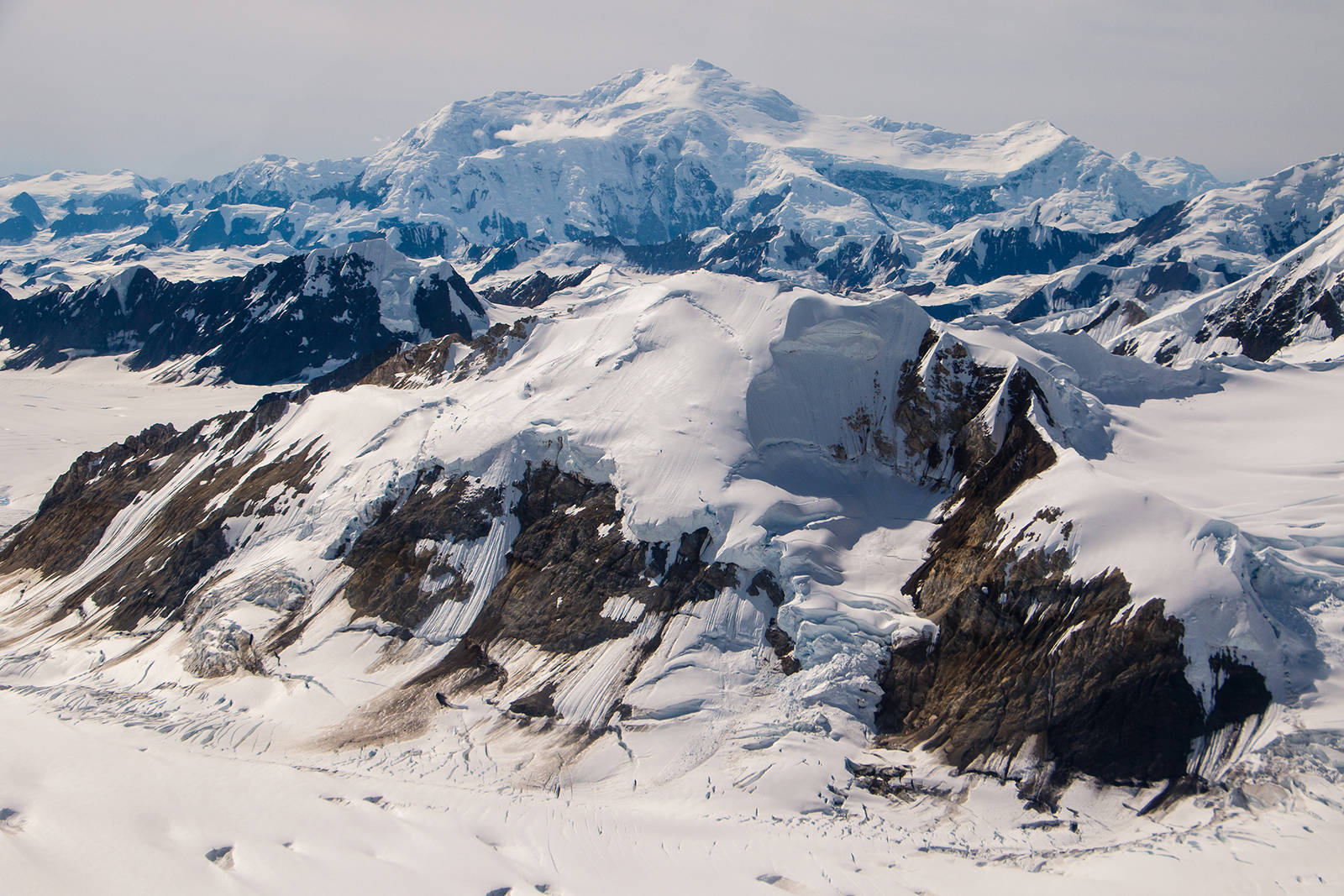

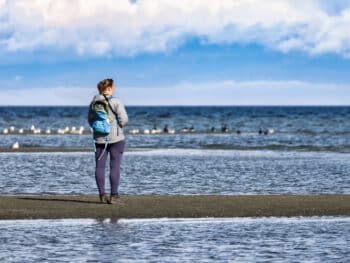

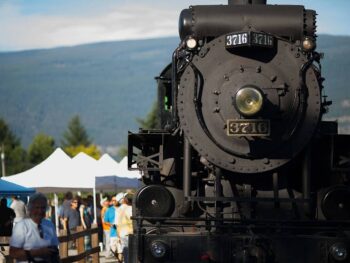
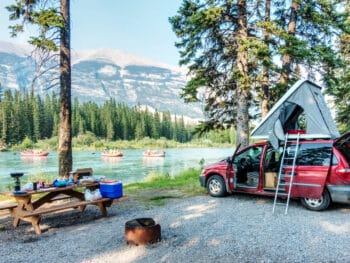

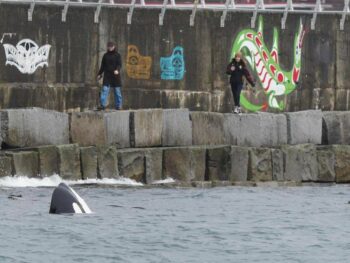
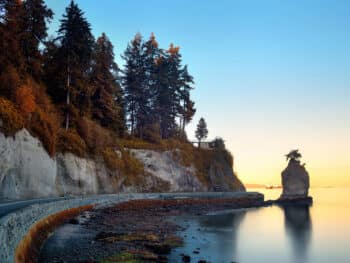

 Pick up your passport to the Victoria Ale Trail
Pick up your passport to the Victoria Ale Trail